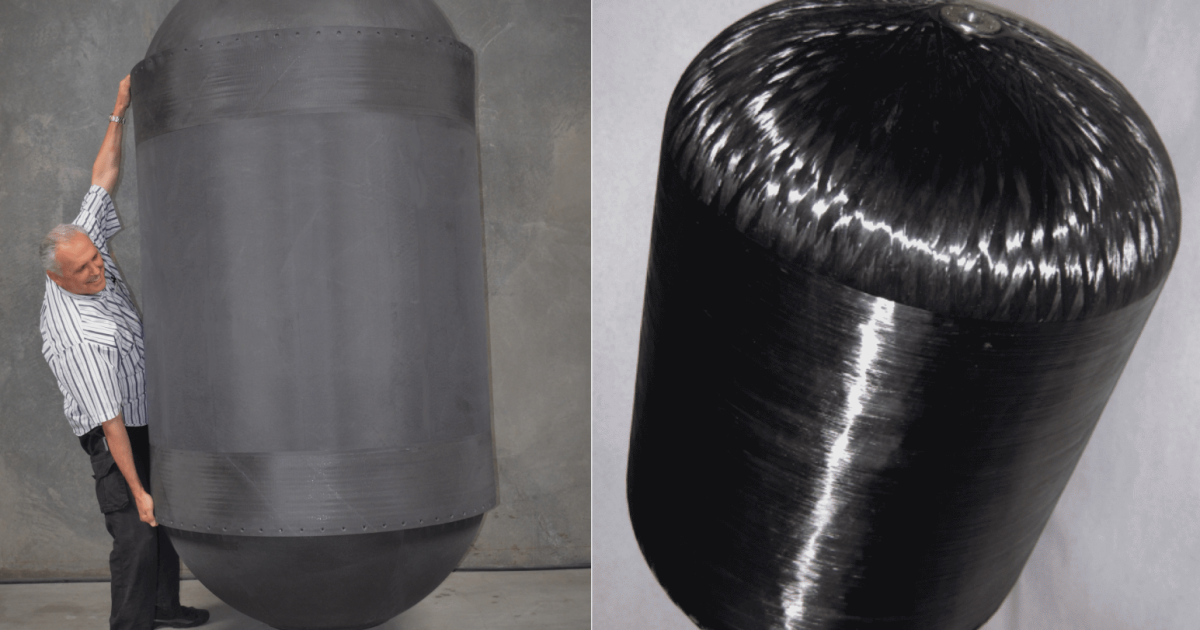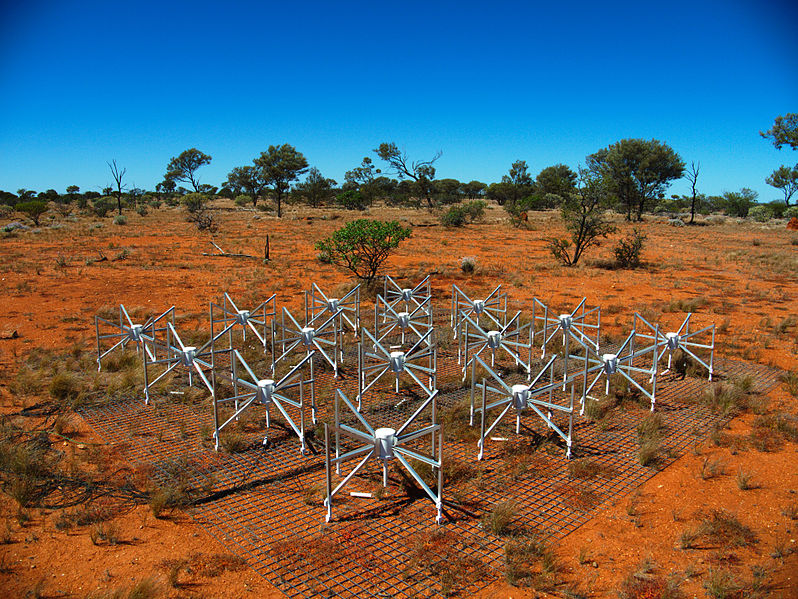Siemens has produced the first batch of its new 75 meter long B75 rotor blades. They will be installed on the second prototype of Siemens’ 6-MW offshore wind turbine, which will be erected in the second half of the year in Denmark’s Østerild Test Station. The 75 meter long B75 Quantum Blade demonstrates tremendous strength at a low weight and, thanks to its unique airfoils, offers superior performance at a wide range of wind speeds. If the B75 Quantum blade were produced using traditional technology, it would be 10-20 percent heavier. Heavy blades are subject to higher loads and require stronger nacelles, towers, and foundations. The combination of intelligent design and low weight has a correspondingly positive effect on the power generation costs for wind energy.

The B75 blade is the world’s largest fiberglass component cast in one piece. The manufacturing process posed several challenges for the project team. In particular, the mold had to consist of two parts so that it could be transported.
As the only producer of wind turbines, Siemens manufactures rotor blades in one piece without glue joints, using the patented IntegralBlade process. Blades produced in this manner are extremely robust, which significantly improves the cost efficiency of wind turbines.

A special vehicle, traveling 60 kilometers per hour, transported these giants over a distance of 575 kilometers from the blade factory in Aalborg to the Danish town of Nakskov on Lolland Island. By car, the trip is about 330 km, but because of the length of the rotor blade some re-routing was necessary taking bridges and tunnels into consideration. In Nakskov the blades were painted – the painting cabin at the blade factory is currently limited to 58 m blade length.

The latest turbine generation from Siemens has a six megawatt capacity with 75 meter long blades, for a rotor diameter of 154 meters. The rotor has a swept area of 18,600 square meters – equivalent to almost two and a half soccer fields.







